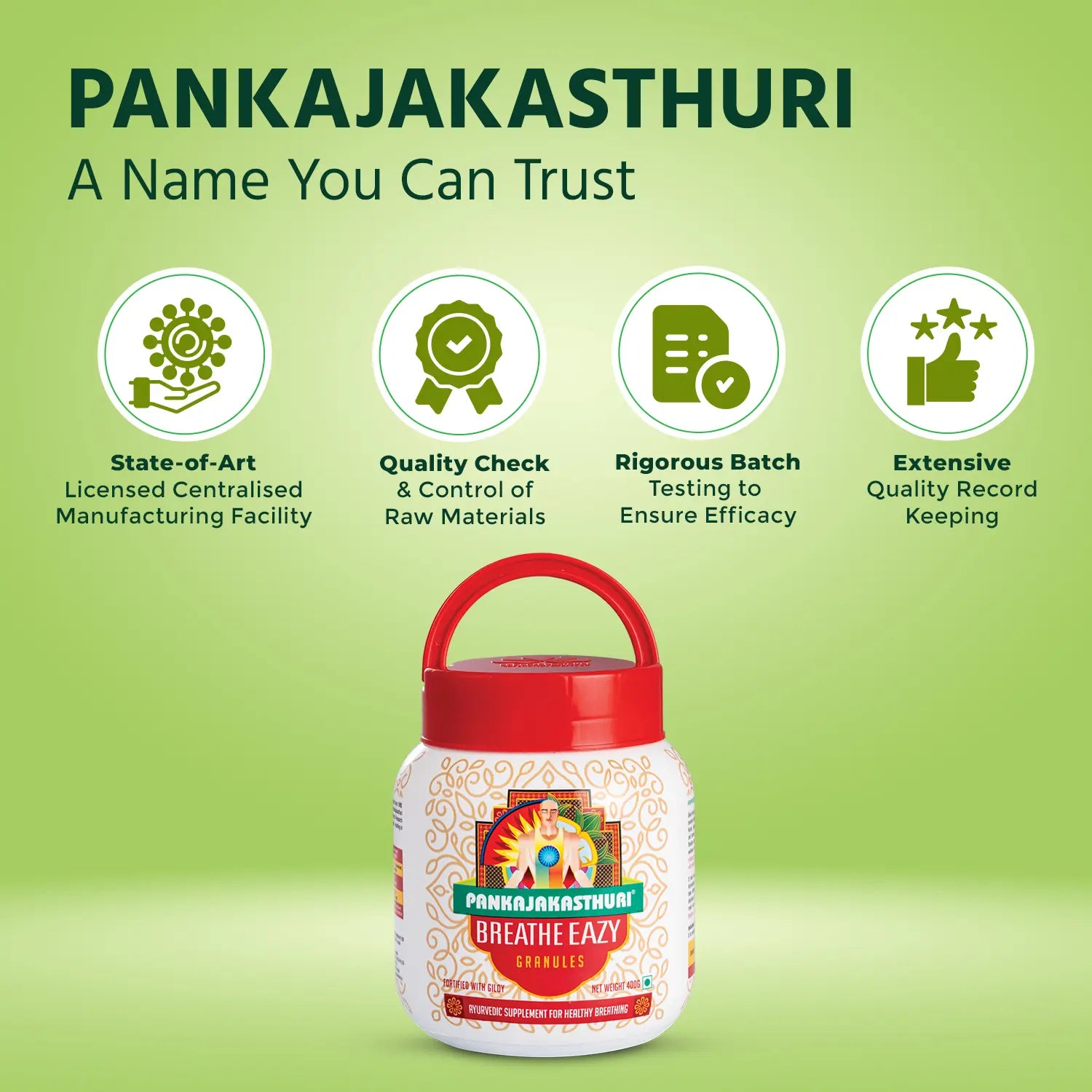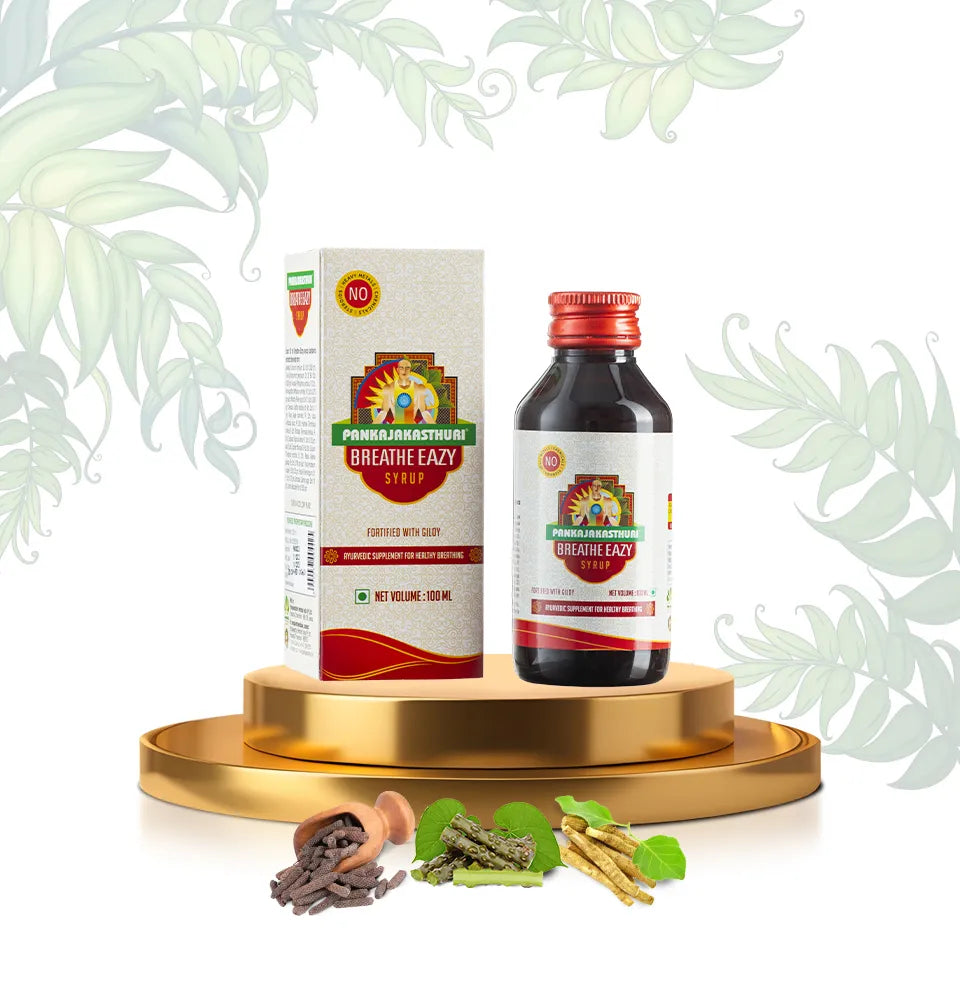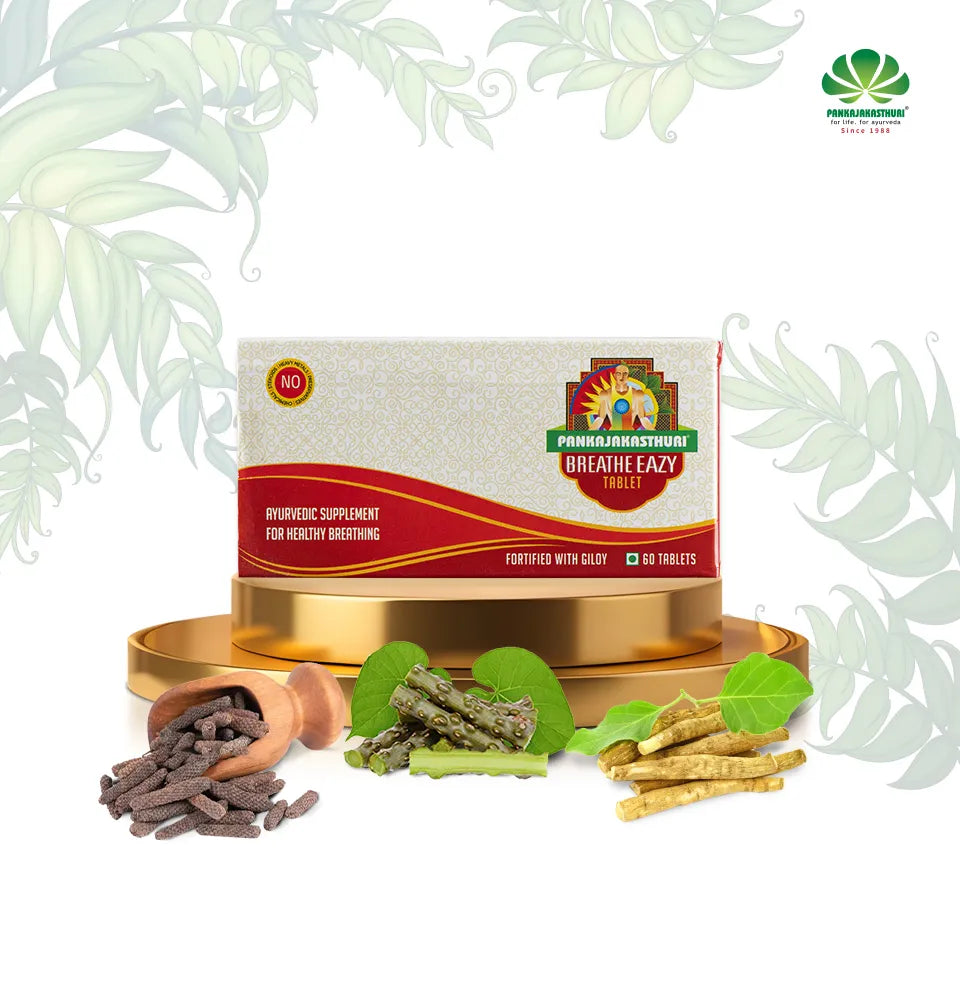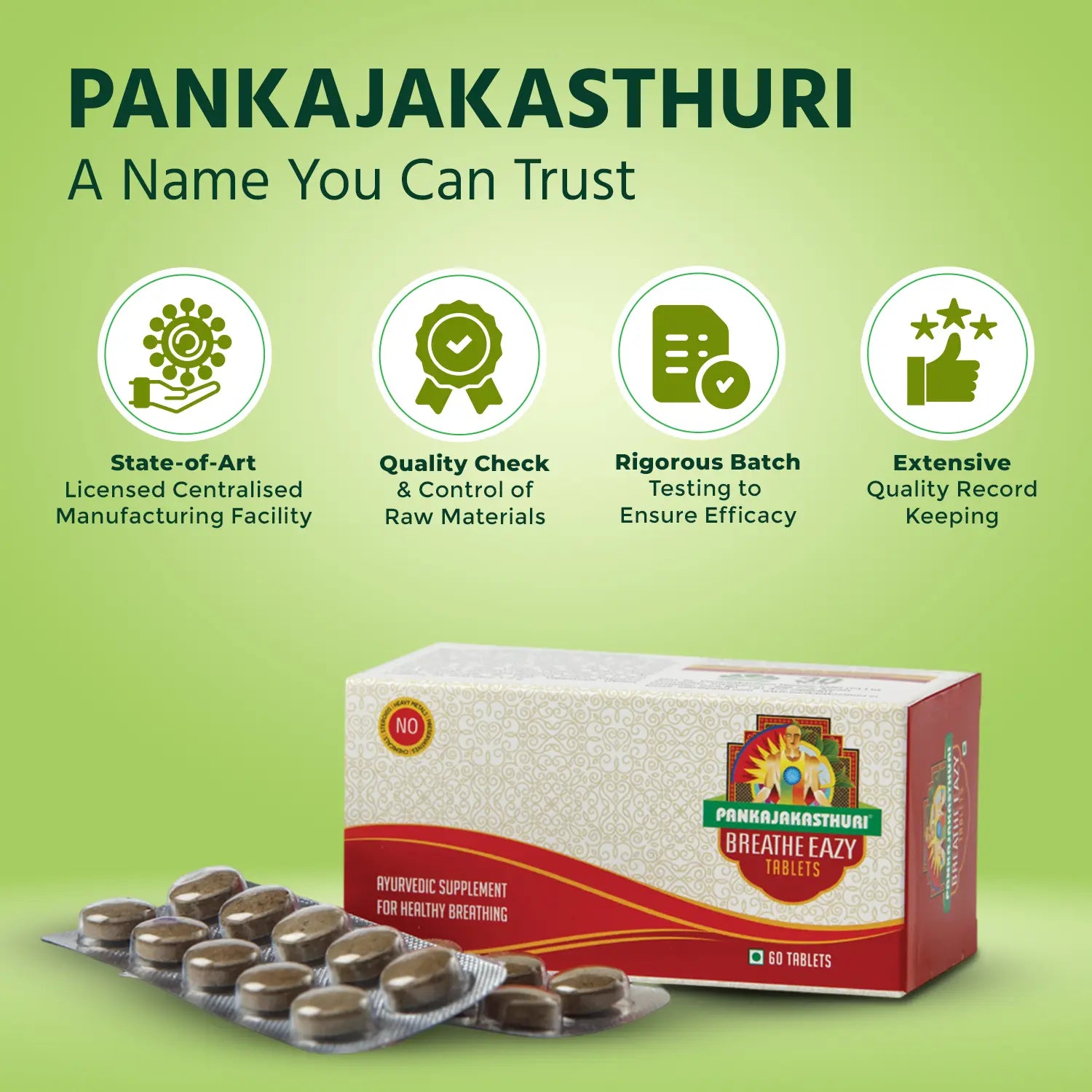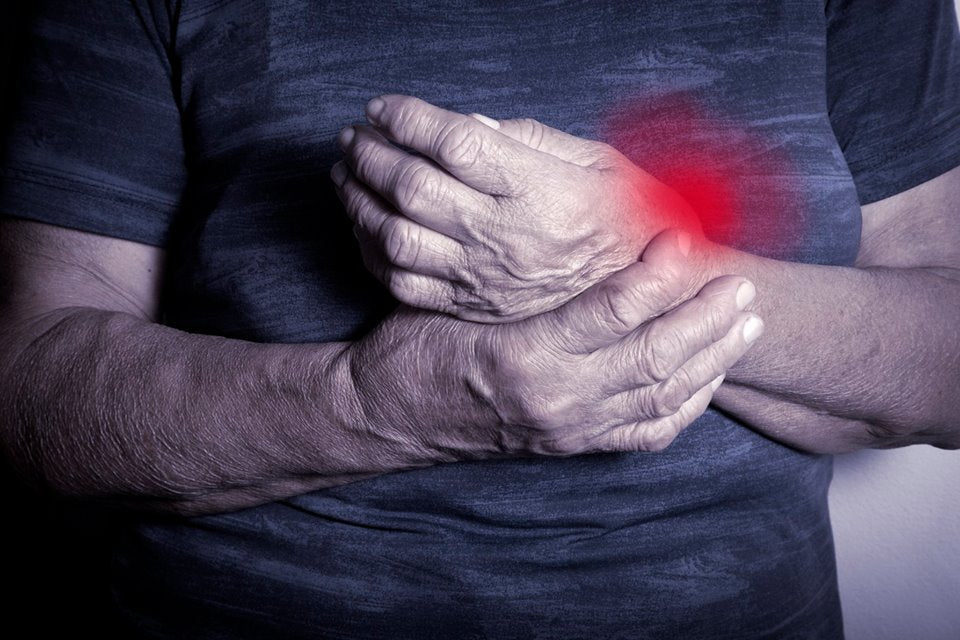
Rheumatoid Arthritis Vs. Osteoarthritis

Rheumatoid Arthritis and Osteoarthritis have similar symptoms. However, their causes, paths of progression and treatment options are different.
Let’s explore the differences in a detailed manner:
What’s the difference between Rheumatoid Arthritis and Osteoarthritis?
Rheumatoid Arthritis is an autoimmune disease characterised by an overactive immune system, while Osteoarthritis is a degenerative joint disease. In Rheumatoid Arthritis, the synovial linings of joints get inflamed, which leads to cartilage damage. The cartilage acts as a shock absorber and, when it’s all damaged, the bones will join together, causing extreme pain during movement.
The joint damage in Rheumatoid Arthritis is usually symmetrical, whereas, in osteoarthritis, the damage is normally not symmetrical.
If you are suffering from Rheumatoid Arthritis, you can manage the symptoms and ease the pain using Pankajakasthuri Orthoherb tablet – an effective Ayurvedic treatment for Rheumatoid Arthritis. Pankajakasthuri Orthoherb tablet, with its anti-inflammatory action, reduces swelling in the joints, eases the pain, and rejuvenates joint capsules. Learn more about the tablet here: https://pankajakasthuri.in/products/orthoherb-tablets
You can also use Pankajakasthuri Orthoherb Oil to massage the affected joints and get long-lasting relief. Learn more about the oil here: https://pankajakasthuri.in/products/orthoherb-oil
Osteoarthritis is the most common form of Arthritis, where the cartilage breaks down, causing the ends of the bones (within a joint) to rub against each other, which leads to stiffness, pain, and discomfort in mobility.
Explore the 100% natural Ayurvedic remedies to manage the symptoms of Osteoarthritis here.
Symptoms:-
The common symptoms of Rheumatoid Arthritis include:
- Early morning stiffness in and around the joints
- Joint pain
- Pain in the fingers
- Joint redness
- Swelling in the joints
- Loss of joint function
- Deformity in the joints
- Limping
- Joint tenderness
- Fatigue
The common symptoms of Osteoarthritis include:
- Loss of flexibility in the joints
- Abnormal sensation in the joints
- Joint stiffness
- Joint tenderness
- Joint pain and discomfort, especially after intense physical activity
- Joints appearing bulkier than usual
- Limited range of movement in the joints
Risk factors
Some of the common risk factors of Rheumatoid Arthritis include:
Age:-
People aged between 40 and 60 years are at a higher risk of developing Rheumatoid Arthritis.
Gender:-
Women suffer more from Rheumatoid Arthritis than men.
Smoking:-
Smokers are at the higher risk of Rheumatoid Arthritis. Also, smoking can worsen the symptoms in people suffering from this autoimmune disease. Even light smoking increases the risk of developing Rheumatoid Arthritis.
Genetics:-
People who have close relatives suffering from Rheumatoid Arthritis stand a higher risk of developing the disease.
Some of the major risk factors for Osteoarthritis include:
-
Age:-
Osteoarthritis is common in older adults. -
Obesity:-
Obese people are at a higher risk of developing Osteoarthritis in the spine, hips, and knees. -
Poor posture:-
Poor posture, over time, can increase the risk of Osteoarthritis.
-
Certain occupations:-
Occupations, where a tremendous pressure is put on joints, can increase the risk of the degenerative joint disease. -
Past injury:-
People with past joint injuries are at an increased risk of developing Osteoarthritis.
Complications:-
Rheumatoid Arthritis, if not managed, can increase the risk of other serious health complications, including Carpal Tunnel Syndrome, Cervical Myelopathy, Cardiovascular Disease and joint damage.








